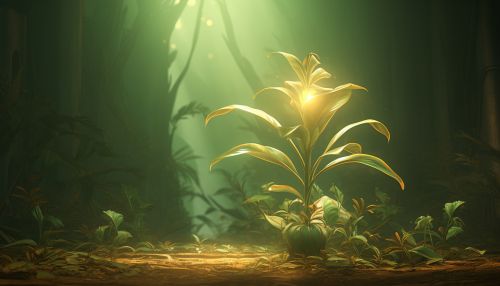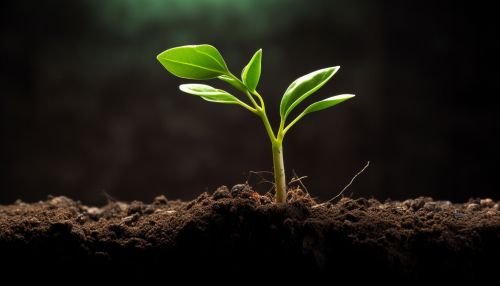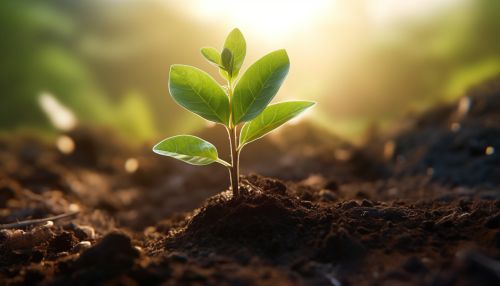Plant Perception (Physiology)
Introduction
Plants, unlike animals, do not have a central nervous system, but they do possess a complex system of perception and response to their environment. This is known as plant perception (physiology). This field of study explores how plants perceive and respond to changes in their environment, including light, gravity, touch, and chemicals.
Light Perception
Plants have a sophisticated system for perceiving light, which is crucial for their survival and growth. They can detect the direction, intensity, duration, and wavelength (color) of light, which allows them to adjust their growth and development accordingly. This is achieved through a variety of photoreceptors, including phytochromes, cryptochromes, and phototropins.


Phytochromes
Phytochromes are a type of photoreceptor that perceives red and far-red light. They play a key role in regulating plant growth and development, including seed germination, stem elongation, leaf expansion, and flowering time.
Cryptochromes
Cryptochromes are another type of photoreceptor that perceives blue and ultraviolet-A light. They are involved in various aspects of plant growth and development, such as seedling development, stem growth, and circadian rhythms.
Phototropins
Phototropins are a type of photoreceptor that perceives blue light. They are primarily involved in phototropism, the process by which plants grow towards or away from light.
Gravity Perception
Plants also have a mechanism for perceiving gravity, known as gravitropism. This allows them to direct their roots downwards into the soil and their shoots upwards towards the light. This is achieved through specialized cells called statocytes, which contain dense, gravity-sensitive particles called statoliths.


Touch Perception
Plants can also perceive touch, a phenomenon known as thigmotropism. This allows them to respond to physical contact or pressure, such as wind, rain, or an animal brushing against them. This is achieved through mechanoreceptors, which are sensitive to mechanical pressure or distortion.


Chemical Perception
Plants can perceive a wide range of chemicals in their environment, including nutrients, toxins, and signaling molecules from other plants or microbes. This allows them to adjust their growth and development accordingly, such as by increasing their root growth in response to nutrient-rich soil or by producing defensive chemicals in response to a pathogen attack. This is achieved through a variety of chemoreceptors.


Conclusion
Plant perception (physiology) is a complex and fascinating field of study that reveals the remarkable ways in which plants interact with their environment. Despite lacking a central nervous system, plants have evolved a sophisticated system of perception and response that allows them to survive and thrive in a wide range of conditions.
